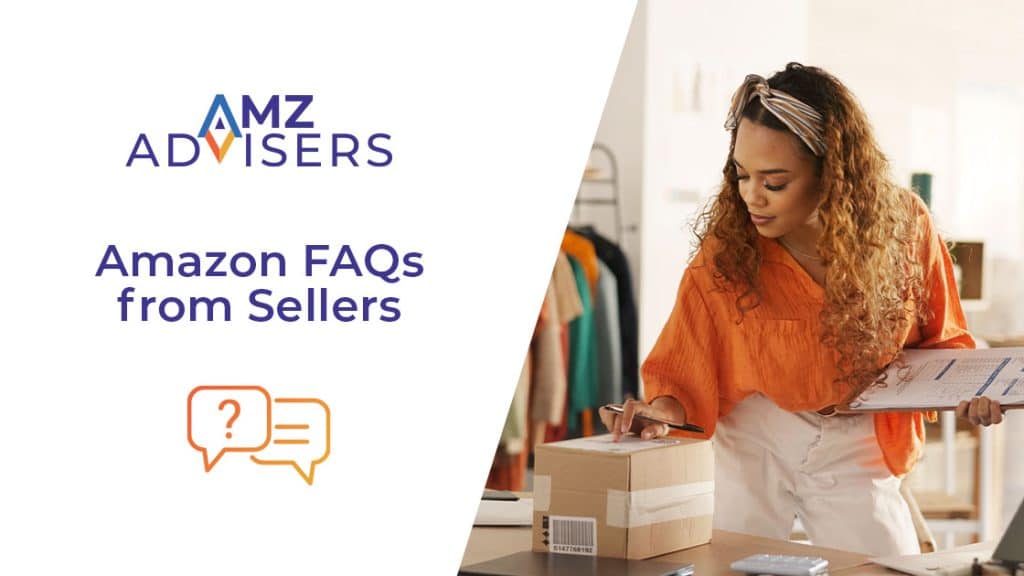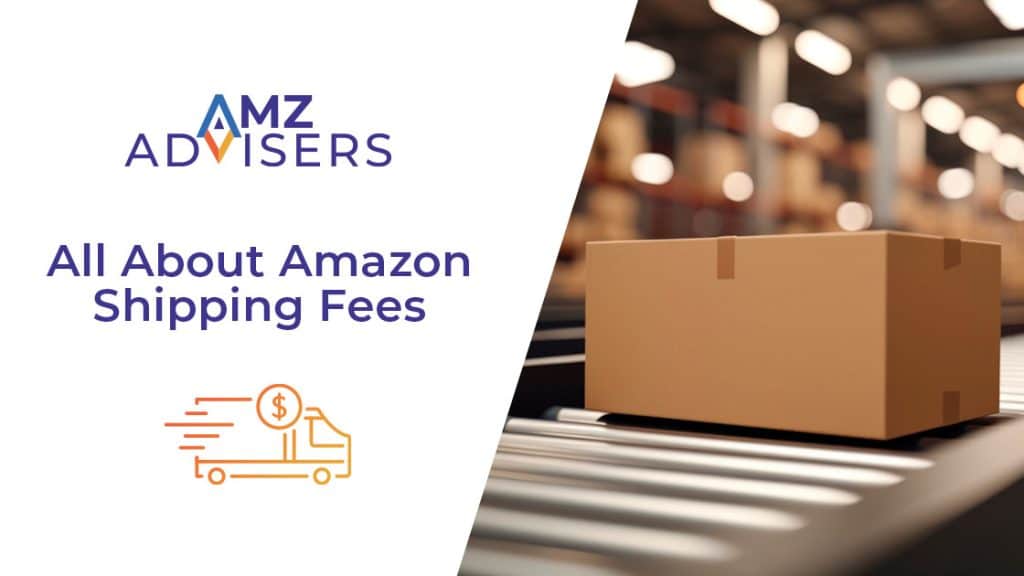Amazon Sponsored Products is an efficient solution that allows sellers to get their products in front of their intended audience, increasing brand awareness and driving sales.
But let’s not get ahead of ourselves. Paid traffic can burn your marketing budget if you don’t know what you’re doing.
Let’s unpack the basics of Amazon Sponsored Products and why they work. We’ll also explore key strategies you can apply to get the best ROI for your campaign.
What are Amazon Sponsored Products?
Amazon Sponsored Products are a type of advertising that allows sellers to promote their products directly within Amazon.
If you’ve ever searched for a product on the marketplace, you’ve probably encountered listings labeled “Sponsored,” just like these:

The term “Sponsored” signifies that the listing is a paid advertisement, distinguishing it from organic search results.
When a shopper clicks on Sponsored listings, a cost is incurred by the seller. This model is called cost-per-click or CPC, meaning sellers pay only when a shopper clicks on the ad.
Benefits of Amazon Sponsored Ads
- Increased Sales with Minimal Effort. Sponsored Products lead shoppers straight to the product detail page, simplifying the buying process and potentially increasing sales by allowing customers to browse or purchase with just one or two clicks.
- Informed Buying Decisions. Sponsored Products only appear when your advertised items are in stock and display trusted Amazon shopping attributes, enabling customers to make well-informed decisions even before they click on your product.
- Tailored Ad Management. You can modify your Amazon sponsored products management depending on your needs and resources. For instance, you can customize your ad spending to daily or lifetime budget options, allowing you to manage costs.
- Optimized Ad Within Budget. Because you only pay when a shopper clicks on your ad, your budget is spent on interested customers.
- Data Insights. The reporting dashboard provides valuable data on ad performance, helping you optimize your Amazon advertising strategy with informed decisions.
Amazon Sponsored Products vs Sponsored Brands
When reading up on Amazon Sponsored Products services, you’ll also come across the term, Sponsored Brands. How does a Sponsor Product differ from a Sponsored Brand?
As we’ve discussed earlier, Amazon Sponsored Products are cost-per-click ads for specific products. Sponsored Brands, on the other hand, work to promote brands as a whole, as opposed to particular products.
When you search for products on Amazon, Sponsored Brand ads are displayed on top of the results and are typically include:
- A brand logo
- A custom headline
- A selection of products

Just like Sponsored Products, Sponsored Brands are also CPC ads. However, they can provide more creative freedom through the display of your brand logo and more than one product at a time.
Sponsored Products are best used to boost the visibility and sales of specific items. Sponsored Brands, meanwhile, are ideal when trying to enhance brand recognition and drive traffic to their entire product line.
How Does Amazon Sponsored Products Work?
Here’s a step-by-step guide on how to create an Amazon Sponsored Products campaign:
1. Access the Amazon Advertising Console
Log in to your Amazon Seller Central account. In the dashboard, find the “Advertising” tab and click “Campaign Manager.”
2. Create a New Campaign
Click on the “Create campaign” button and choose “Sponsored Products” from the list of advertising options. Then, select your campaign settings, including:
- Campaign Name
- Budget
- Duration
3. Select Your Targeting Type
There are two types of targeting:
- Automatic. The Amazon algorithm matches your product ads with relevant search terms. This is a good option for beginners or for testing purposes.
- Manual. You select specific keywords and products to target. This option provides more control and can be more effective if you have done keyword research.
4. Choose Your Bidding Strategy
Here are the types of bidding choices for an Amazon Sponsored Products strategy:
- Dynamic Bids – Down Only. Amazon lowers your bids when your ad is less likely to convert.
- Dynamic Bids – Up and Down. Amazon raises or lowers your bids based on the likelihood of conversion.
- Fixed Bids. Your bids remain constant and do not change based on Amazon’s assessment.
5. Set Your Bids
For each keyword or product, set a maximum cost-per-click bid. This pertains to the highest amount you are willing to spend for every click.
6. Add Keywords (Manual Targeting)
For manual targeting, you need to select Amazon’s suggested keywords or add your own. You can choose between broad, phrase, and exact match types to control how closely search terms must match your keywords for your ad to appear.
7. Create Your Ad
Amazon generates the ad creative with your product listing as its basis. Ensure your product title, images, and descriptions are optimized, as these elements will be used in your ad.
8. Launch Your Campaign
Review all your settings and click the “Launch campaign” button to activate your Sponsored Products campaign.
Upon launching your campaign, don’t forget to monitor its performance. You can do this in the Campaign Manager, where you can check key metrics, including impressions, clicks, click-through rate (CTR), CPC and sales.
How Much Does Amazon Sponsored Products Cost?
We’ve already established that the cost of Amazon Sponsored Products is mainly determined by a cost-per-click pricing model. However, there are several factors that influence the overall costs and ROI of Amazon Sponsored Products:
CPC Bidding
- Bidding System. Amazon Sponsored Products use an auction-based system. You set a maximum bid for each keyword or product target, which represents the highest amount you are willing to pay for a click. Your actual CPC may be lower, as it depends on the bids of other advertisers competing for the same keywords.
- Average CPC. The average CPC can vary widely depending on the competitiveness of your product category and the specific keywords you target. Data from Statista shows that in 2022, the median CPC of Amazon Sponsored Products in the US was recorded at around $0.98. Statistics reveal that the median CPC in the marketplace grew from year to year.

Budgeting Options
- Daily Budget. Amazon allows you to specify a daily budget to spend for your campaign per day. Once your daily budget has been spent, the system will stop showing your ads and resume again the next day.
- Lifetime Budget. Aside from a daily budget, you could also opt for a lifetime budget. This option allows you to set a total budget you’re willing to spend for the entirety of your campaign. This option is useful for time-bound promotions or seasonal campaigns.
Factors Affecting Costs
- Keyword Competitiveness. Highly sought-after keywords with a lot of competition will generally have higher CPCs. Conducting thorough keyword research and choosing a mix of high, medium, and low-competition keywords can help manage costs.
- Ad Relevance and Quality. Amazon considers the relevance and quality of your ads when determining placement and CPC. High-quality ads with relevant keywords and compelling product detail pages can achieve better placements at lower costs.
- Targeting Options. The targeting options you choose, such as automatic vs. manual targeting, broad match vs. exact match keywords, and product targeting, can influence your costs. Manual targeting with precise keywords and product targets can be more cost-effective but requires more effort to manage.
Amazon Sponsored Products Tips
Here are a few Sponsored Products best practices for success:
Optimize Product Listings
Before launching your Sponsored Products campaign or any other campaigns like sponsored display ads, ensure your product listings are fully optimized.
Aside from using high-quality images, make sure that your descriptions are detailed, and that your keywords are relevant to your product.
A well-optimized listing enhances your ad’s performance and contributes to a successful organic growth strategy.
Conduct Thorough Keyword Research
Effective keyword targeting is the basis of an effective Sponsored Products campaign. Use Amazon’s keyword tools to identify high-performing keywords related to your products.
Incorporate a mix of broad, phrase, and exact match types to capture a wide range of search queries. In addition, don’t rely on an outdated keyword list. Make sure to update it regularly.
Align with Seasonal Trends
Capitalize on seasonal trends and major shopping events. Data reveals that 2022 sales of sponsored products on Amazon on Black Friday were 29% higher than in 2021.
Remarkably, in 2023, sales saw an even more significant increase, being 39% higher than in 2022. Preparing in advance for such events can lead to substantial sales boosts.

Incorporate an Organic Growth Strategy
Combining paid traffic with an organic growth strategy ensures long-term success. Focus on building your brand’s presence through organic search rankings, customer reviews, and social media engagement.
The Lowdown
By following these best practices, you can maximize the effectiveness of your Amazon Sponsored Products campaigns, ensuring you get the best return on your advertising investment.
Author
 Carla Bauto Deña is a journalist and content writer producing stories for traditional and digital media. She believes in empowering small businesses with the help of innovative solutions, such as ecommerce, digital marketing, and data analytics.
Carla Bauto Deña is a journalist and content writer producing stories for traditional and digital media. She believes in empowering small businesses with the help of innovative solutions, such as ecommerce, digital marketing, and data analytics.



